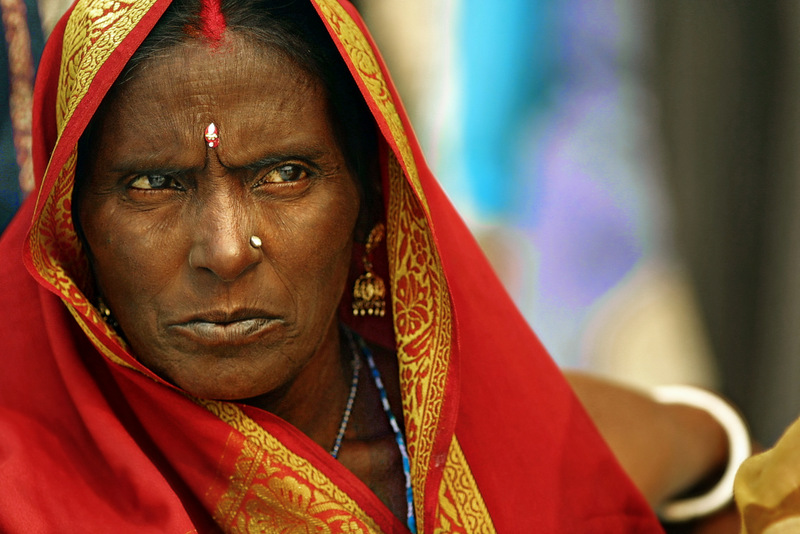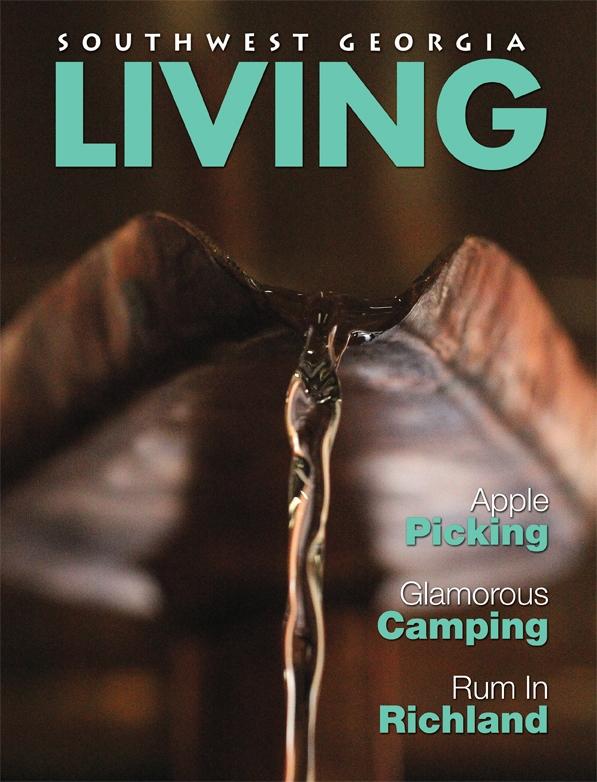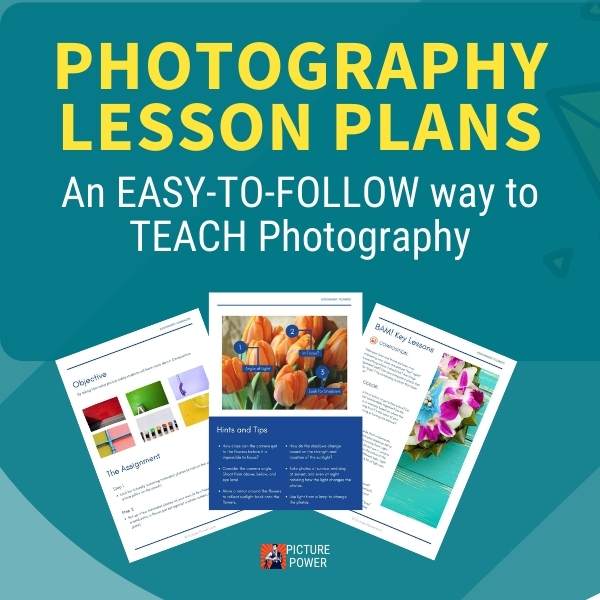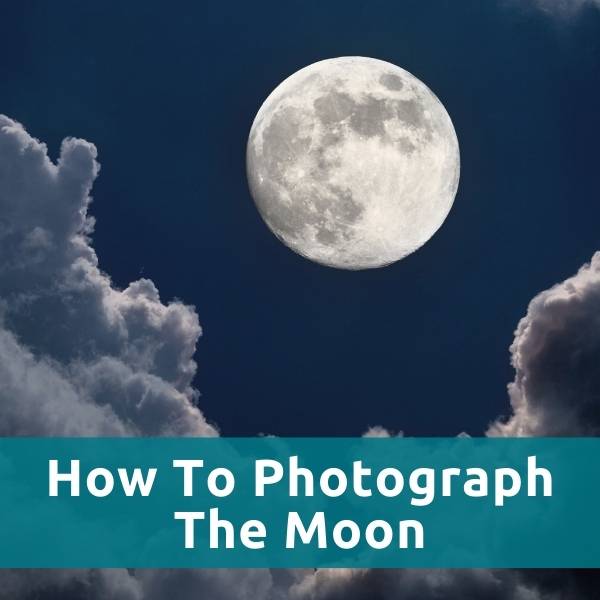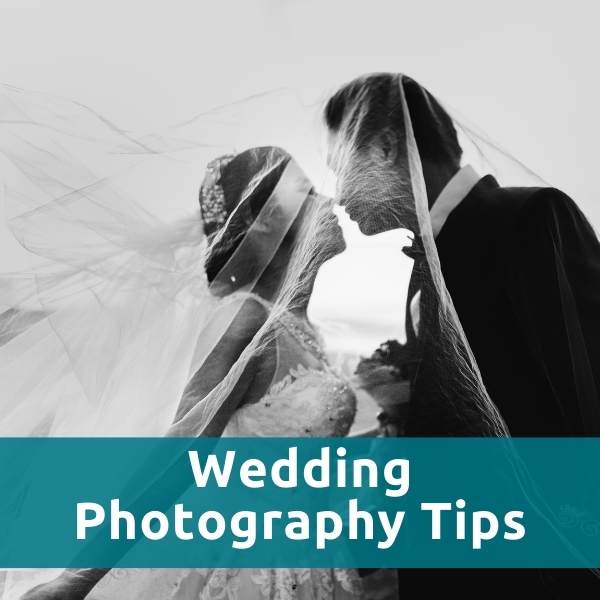Digital Photography Terms
ISO
Above: ISO 16,000, Canon 6D, Tamron SP 24-70mm
Curious about ISO and what it means to you as a photographer? Your camera’s ISO setting, in fact, has a tremendous effect on your picture’s final outcome.
ISO - the means to measure how much light is used by a camera’s digital sensor.
To understand photography is to understand light. Finding light. Using light. Redirecting light. Blocking light. Colors of light. Light. Your camera and lenses work in tandem to let light in. They also work in tandem prevent light from coming in.
Every photograph has a three-point DNA signature. Your shutter speed, lens aperture (f/stop) setting and your ISO choices are the tools you use to bring in the light you want and to block the light you don’t want.
Aside from being able to preview your picture on the back of your camera, the fact that digital cameras allow you to change ISO settings from shot to shot is one of the biggest game-changers in photography.
Above: This photo was taken at ISO 100 with a Canon D30 (Canon's first DSLR). The lens was a Canon 200mm f/2.8 set at f/3.2. The low ISO 100 gives a pure, clean display of color and light shades.
OK. So How Do I Use ISO?
Everything comes down to personal taste but there is an unwritten rule that we want to have the least amount of noise in our pictures. You set your ISO based on the amount of light you have available.
If you have a lot of light (bright sunny day) you can use your lowest ISO setting. Usually that is ISO 100. Professional cameras can go as low as ISO 50 and even lower if money is no object for you.)
In low light photography (bar scene or at night) you want to employ a higher ISO, like ISO 800. Better cameras will have ISOs that can higher than ISO 100,000. But don’t think that ISO 100,000 doesn’t come without some issues.
The lower your ISO setting the less noise you will have in your pictures. A differing factor between amateur and professional cameras (read as “cheap v expensive cameras”) is how the camera handles the noise as the ISO increases. Depending on your taste most professional cameras can give you relatively low noise images at ISOs as high as 3200 (or event 6400).
Above: This photo is a cover shot I did for Southwest Georgia Living Magazine. It was taken with a Canon 60D at ISO 6400. You can see the noise (it appears as "digital dust" on the picture). But this level of noise is quite impressive given that it is at ISO 6400. A camera that performs well at high ISO, among other things, means you don't need to carry an external flash just to see the subject.
Photo taken with a Canon 60D and a Canon 15-85mm f/3.5-5.6 USM IS lens.
Don't Sweat the Noise
But even if you are stuck with an image that is too noisy there are a number of software options out there that will magically reduce or remove the noise in your pictures. One of the more popular software choices to remove noise is Noise Ninja.
Being able to increase or decrease your ISO setting from picture to picture is a tremendous improvement from the original days of shooting on film.
With film, you bought rolls of film based on their ISO (and number of shots per roll). For example, ISO 800 film is used in low light situations because it allows for more light to be absorbed onto the film. But what if you went from inside to outside where you had plenty of light? You were stuck with the wrong film in your camera. And you missed the shot or got a poorly exposed shot.
Digital cameras mean that we can change our ISO setting at will. And that is a game-changer.
Above: This picture was shot at ISO 16,000. While shooting at a low ISO is important to keep you image free of noise, many cameras can perform well at higher ISO settings. Higher ISO settings let you bring in much more light which is tremendously advantageous when you are shooting low light photography.
Photo taken with a Canon 6D and a Tamron SP 24-70mm f/2.8 lens.
4 ISO Tips
- Light
comes through the lens and is recorded onto the camera sensor. A camera sensor can accept or reject (repress) light.
- Using
a low ISO (like ISO 100) allows the camera’s sensor to use minimal
light. A higher ISO (like ISO 1600) means that the camera sensors are
prepared to let in much more light. The result is that when allowing
in minimal light (ISO 100) you are also blocking additional noise (or
digital junk) in the image. By allowing for more light, a higher ISO,
like ISO 1600, you will find more noise in the picture.
- A rule of sorts with ISO is to always
use the lowest ISO you can to achieve the cleanest (therefore, the
best) picture. However, I am a huge fan of ISO 320, 640, 800 and 1600
on my Canon 60D. Noise is minimal at ISO 800 and often is hard to see
at ISO 1600. And with software like Noise Ninja you really don’t
have to worry too much about picture noise anyway.
- When buying a camera, take notice how high the ISO can go and read reviews about ISO performance. Camera manufacturers know that the ability to shoot clean at higher and higher ISO is something photographers are demanding more and more. With a very high and very clean ISO performing camera, you may never have to use a flash over again.
Thanks to Phillip McCordall for taking the time to make this video that explains ISO and provides examples of how the noise found in higher ISO settings can be a good thing.

